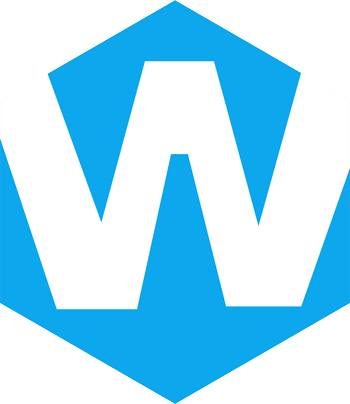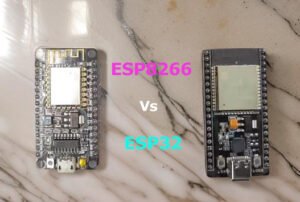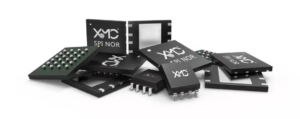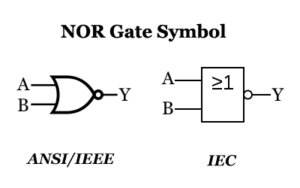PCB Case Studies
Focus on the reverse development of various electronic products and equipment prototypes.
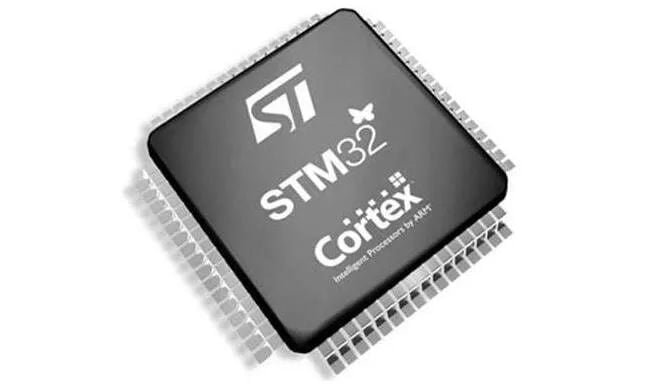
Remove the Protection of stm32 Microcontroller
What does STM32 Means? STM32, literally, ST is STMicroelectronics, M is the abbreviation of microcontroller, and 32 means 32 bits. Therefore, STM32 refers to the 32-bit microcontroller developed by ST.

ATMEL Chip Unlock: Attiny, AT90, and ATmega Series
What Is ATMEL Chips? Atmel chips include both AVR and ARM cores. Among them, AVR includes Attiny series, AT90 series and ATmega series. ARM includes AT91 series. Attiny Series Atmel’s

NXP Chip Unlock: LPC17XX Microcontroller Series
What Is NXP Chips? NXP chips are integrated circuits manufactured by NXP Semiconductors, a company based in the Netherlands. NXP chips are designed for a variety of applications, including automotive,
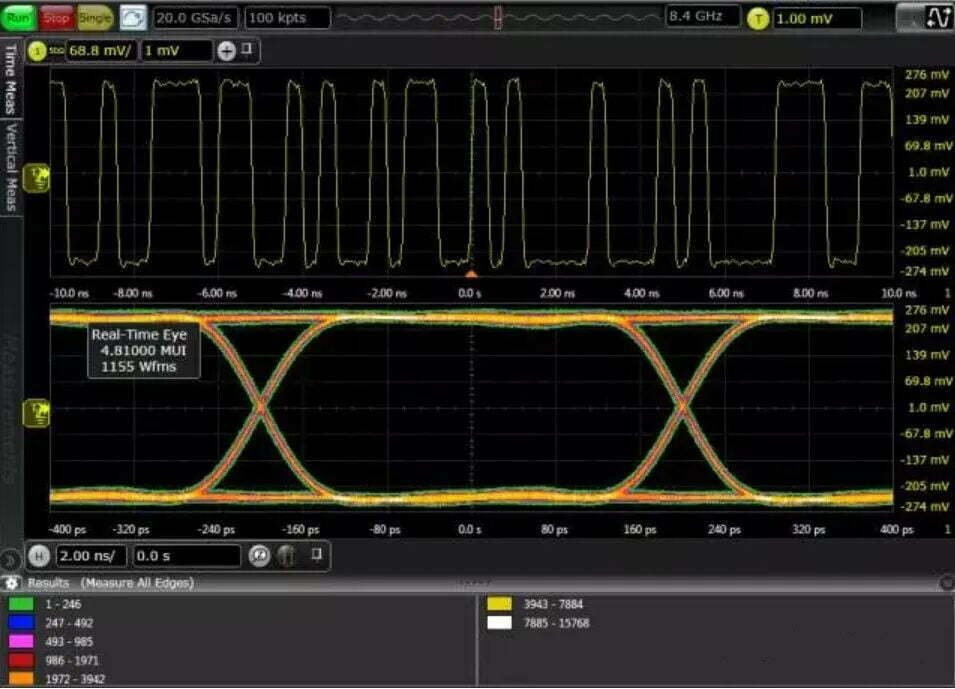
Signal Integrity Analysis in High Speed PCB Design
Master SI issues: reflections, crosstalk, and impedance control. Tips for routing, termination, and simulation tools like HyperLynx. Critical for high-speed designs!
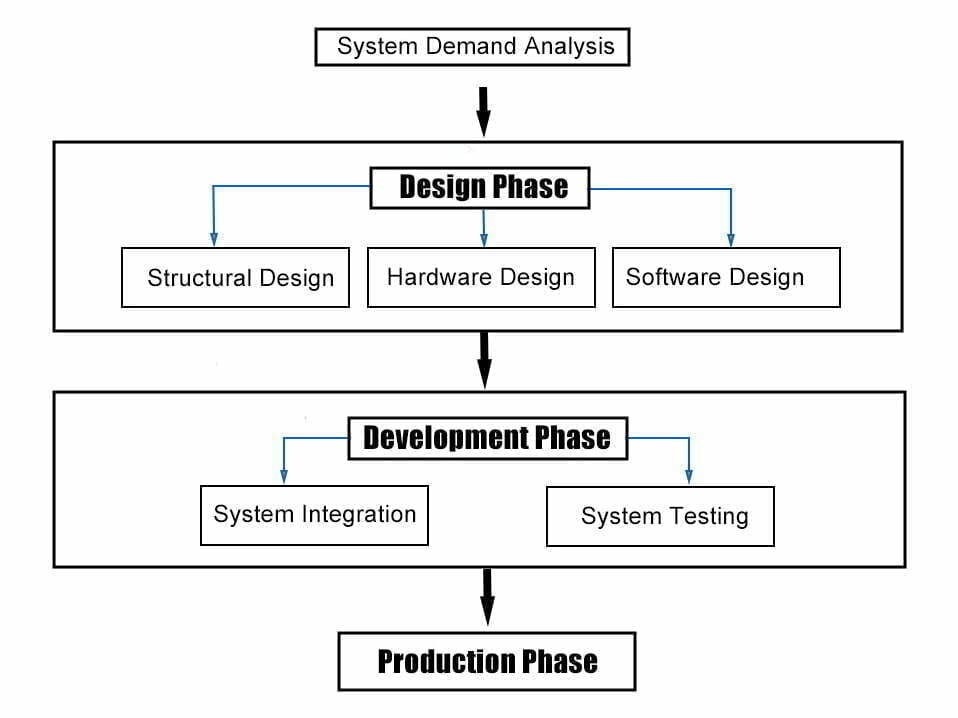
Embedded System Design and Development
Embedded systems design and development are driven by application requirements and IT technologies. With the continuous innovation and development of microelectronics technology, the integration level and process level of large-scale
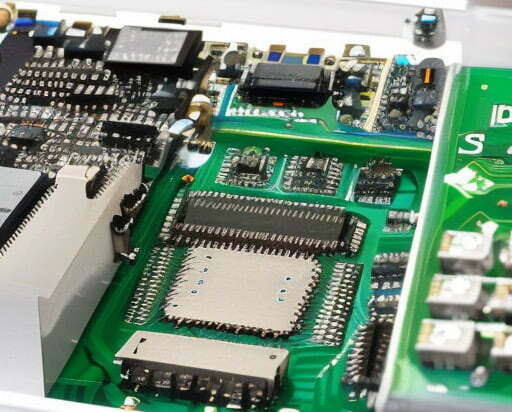
Embedded Systems Explained: Definition & Examples
Understand embedded systems: microcontrollers, real-time OS, and applications in IoT/automation. Key components and design considerations. Beginner’s guide here!

Reverse Engineering vs Forward Engineering
In the world of manufacturing and software, it’s not uncommon to hear words like reverse engineering or forward engineering. But what do those terms mean, and how do they apply
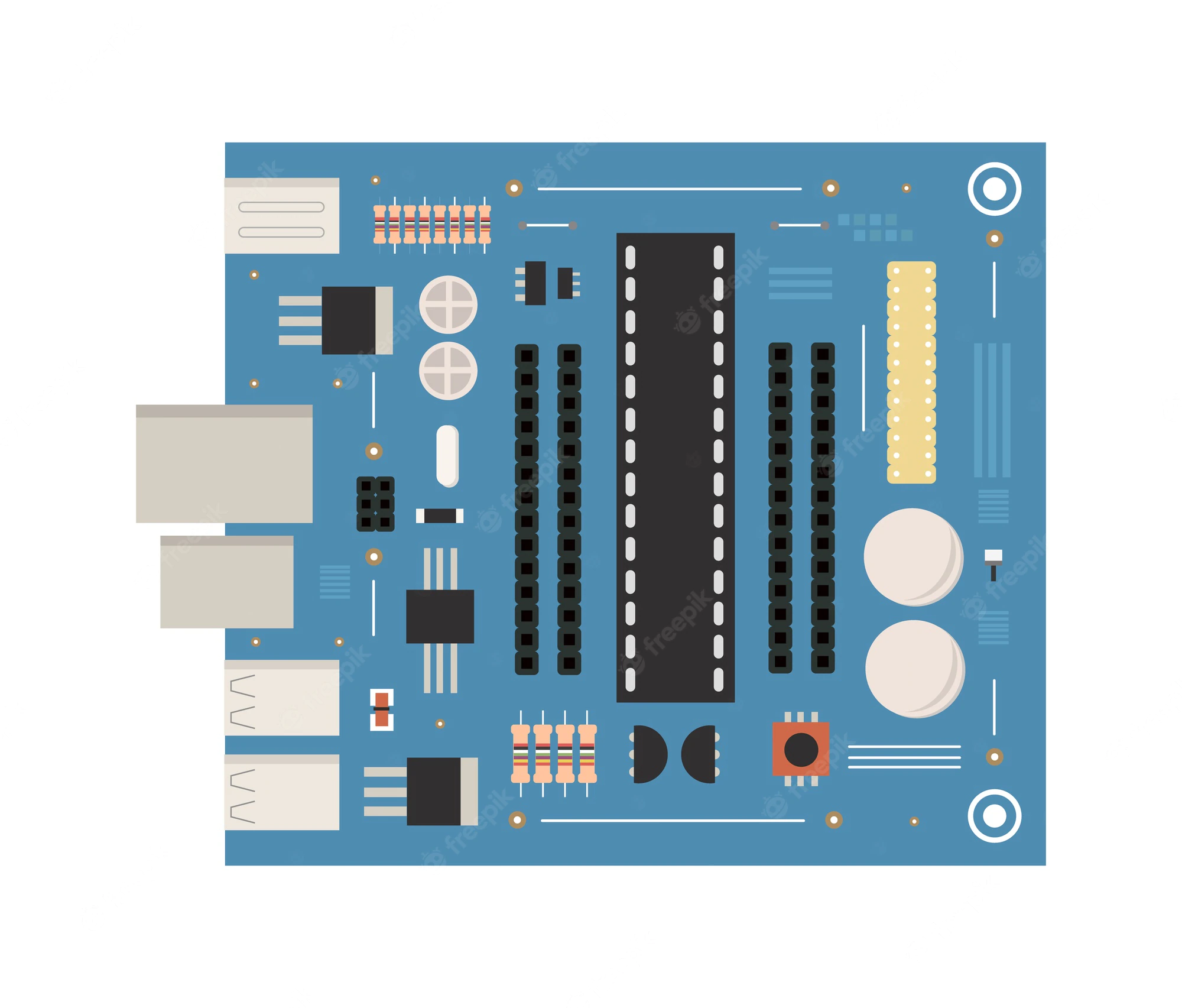
Through Hole vs Surface Mount
How many do you know about through hole vs surface mount? They are two ways to connect electronics components in pcb assembly (PCBA). They are cost-effective and reliable methods of
